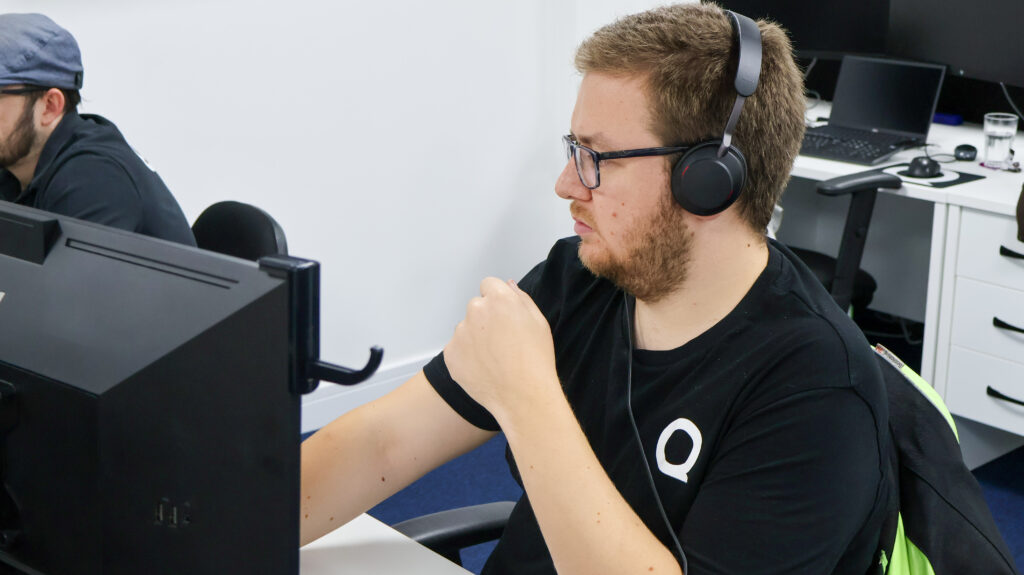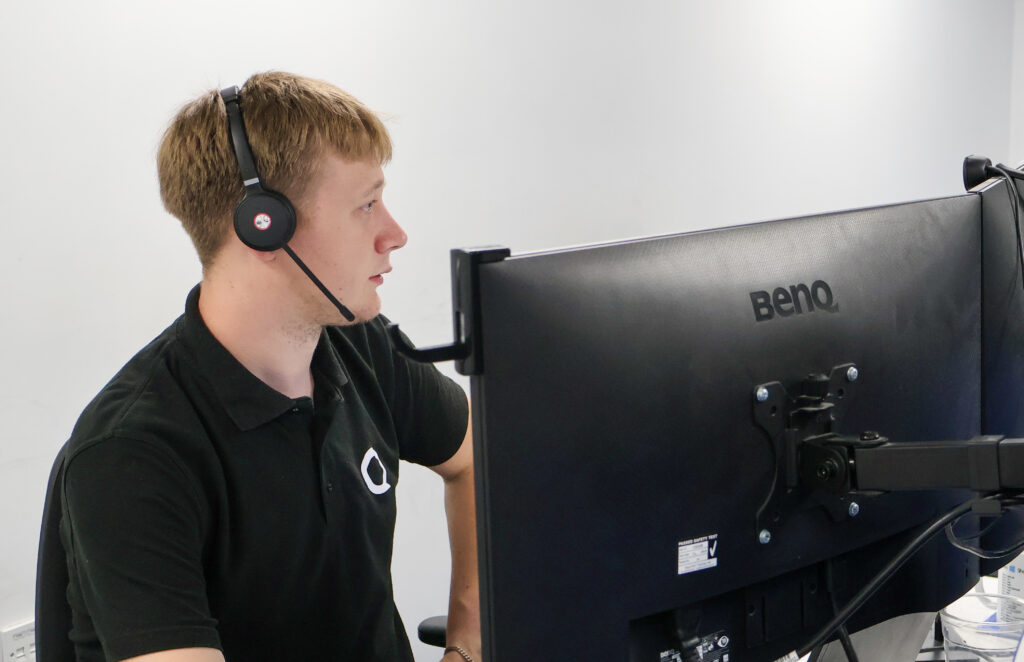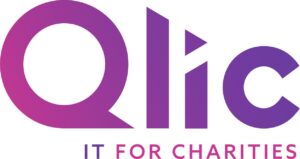
Whether it’s outdated systems, patchwork software solutions or IT maintenance that keeps getting pushed down the to-do list, technical debt can gradually accumulate. Before you know it, it’s creating obstructions that slow your charity’s progress and make delivering your mission harder than it should be. That’s why charities should understand how to manage their technical debt.
In this blog, we’ll explore what technical debt means for charities, the risks of letting it grow unchecked and the practical steps you can take to tackle it.
What is Technical Debt and What Does it Look Like in a Nonprofit?
Technical debt, sometimes called code debt or design debt, is a term borrowed from software development. It describes what happens when quick fixes, workarounds or short-term IT solutions are used as opposed to long-term, sustainable ones.
Just like financial debt, you get the benefit of having something up and running immediately, but you’ll eventually need to “pay it back”, often with added “interest” in the form of higher costs, more downtime and extra complexity.
In a charity setting, technical debt builds up when settlements are made in your technology infrastructure. These compromises might keep things running for a while, but over time, they can slow you down, introduce security risks and make it harder to adapt to new opportunities and scale your business.
Examples of Technical Debt in a Charity Setting
Technical debt can take many forms in the nonprofit world, including:
- Legacy databases that no longer integrate with newer tools
- Spreadsheets used instead of a proper CRM system
- Outdated software licences with limited security features
- Custom-built platforms that only one person in your organisation understands
Much of this stems from legacy technology, which is one of the biggest contributors to ongoing technical debt.

How to Reduce Technical Debt in Your Charity
Addressing technical debt isn’t just about fixing problems, it’s about avoiding them from stacking up in the first place. Every choice you make about your technology today can either help keep your systems lean and effective or add another layer of complexity you’ll have to unravel later.
- Avoid the “We’ll Fix It Later” Trap
- Empower Non-Technical Staff with Digital Training
- Avoid Solutions That Require Extensive Customisation
- Choose Scalable Solutions
- Treat IT as a Continuous Investment, Not a One-Time Project
Avoid the “We’ll Fix It Later” Trap
Tight budgets and stretched time and resources can make quick fixes look like the right solution. It’s easy to push tech issues down the road when your focus is on service delivery. But every postponed decision adds “interest” to your technical debt. Taking time now to create a clear IT roadmap can help you prioritise upgrades, plan strategically and ultimately save money in the long run.
Empower Non-Technical Staff with Digital Training
Your technology is only as effective as the people using it. Investing in charity training gives your team the confidence to use tools correctly and efficiently, which reduces mistakes and the need for costly fixes later. Well-trained staff can also spot issues early before they escalate.
Avoid Solutions That Require Extensive Customisation
Highly customised systems can lock your charity into a single platform and make it expensive and time-consuming if you need to amend it later. They often require specialised development teams for even minor changes. Whenever possible, opt for solutions that are flexible out of the box and don’t need layers of bespoke coding.
Choose Scalable Solutions
Cloud-based tools are a great example of technology that grows with your organisation. With the right cloud solution, you’ll benefit from regular updates, stronger security and the ability to scale up or down without major infrastructure changes.
Treat IT as a Continuous Investment, Not a One-Time Project
Digital transformation should be part of your charity’s continuing strategic planning, not just a one off project. Having a structured IT plan and understanding the impact of technical debt on tech ROI can help you make the case for sustained investment with your leadership and board.
As technology advances, so should your IT infrastructure. The more you treat IT as an ongoing priority, the less likely you are to accumulate costly technical debt in the future.
How Legacy Technology Exacerbates Tech Debt
Legacy technology is any system that’s no longer supported or is built on outdated platforms, making it increasingly hard and expensive to maintain. For many charities, these systems keep operations going day-to-day, but behind the scenes, they can quietly drive up technical debt.
By not properly investing in quality and maintenance, the company ends up paying “interest” on that debt in the form of higher maintenance costs, a loss of agility, and slower innovation.
This is how legacy technology contributes to increase technical debt:
High Cost of Maintenance
Legacy systems are often complicated, poorly documented and understood by only a few people, who may have already left your organisation. Every change, no matter how small, becomes a high-risk task that demands substantial time and money. Hence the importance of ongoing IT maintance right from the start.
Security Vulnerabilities
As systems age, the technologies they’re built on may stop receiving essential security updates. That leaves your charity exposed to data breaches, malware and other cyber threats. Without ongoing patches and vendor support, the cost of protecting sensitive information only increases.
Difficulty Integrating with Modern Systems
Outdated platforms rarely “speak” the same programming language as today’s tools. This makes integrating them with modern software, cloud services or automated processes a challenge. The result? Incompetent workarounds, duplicated effort and more room for error.
Stifled Innovation
When a large share of your IT budget and your team’s time is spent keeping legacy systems alive, there’s little left for fresh projects. This limits your ability to innovate, improve service delivery or adopt better technology that could help you achieve your mission faster.
Why Technical Debt Matters for Charities
Keeping technical debt under control isn’t just an IT concern, it’s critical for protecting your charity’s reputation, finances and ability to deliver on your mission. Here’s why:
- Reduce Security Risks
- Ensure a Smooth Supporter Experience
- It’s Cost Effective
- Operational Efficiency and Faster Development
Reduce Security Risks
Outdated technology can lure modern cyber threats. Without up-to-date safeguards, your charity is more vulnerable to hacking, phishing and data breaches. This doesn’t just risk sensitive supporter and beneficiary data, it can also lead to higher cyber insurance for nonprofits premiums. Combined with the rising number of charity frauds and increasingly sophisticated scams, these risks make investing in cyber security and modern technology non-negotiable.
Ensure a Smooth Supporter Experience
Technical debt can sneak into the systems your supporters interact with, from slow-loading donation pages to inconsistent email communications. A clunky or disjointed experience can frustrate donors, reduce engagement and harm your fundraising results.
It’s Cost Effective
The longer technical debt is left unresolved, the more costly it becomes to fix. Proactively addressing it helps you avoid emergency upgrades, rushed replacements and inflated maintenance costs.
Operational Efficiency and Faster Development
When your tech infrastructure is modern, secure and integrated, your team can work more efficiently. That means less delays, better collaboration and quicker implementation of new tools or services that support your mission.
Closing Thoughts
Technical debt might start small, but left unchecked, it can affect everything from your charity’s security and supporter experience to its ability to innovate and scale up. Understanding what technical debt is, recognising how it builds up and taking preemptive steps to manage it will bring long-term benefits to the entire organisation, such as saving unnecessary costs and complexity.
Partnering with an IT support company with charity experience can make a huge difference, helping you spot potential issues early, implement scalable solutions and keep your technology working in harmony with your mission.
Get in Touch
Understand the true cost of technical debt and learn how to manage it strategically with Qlic.




